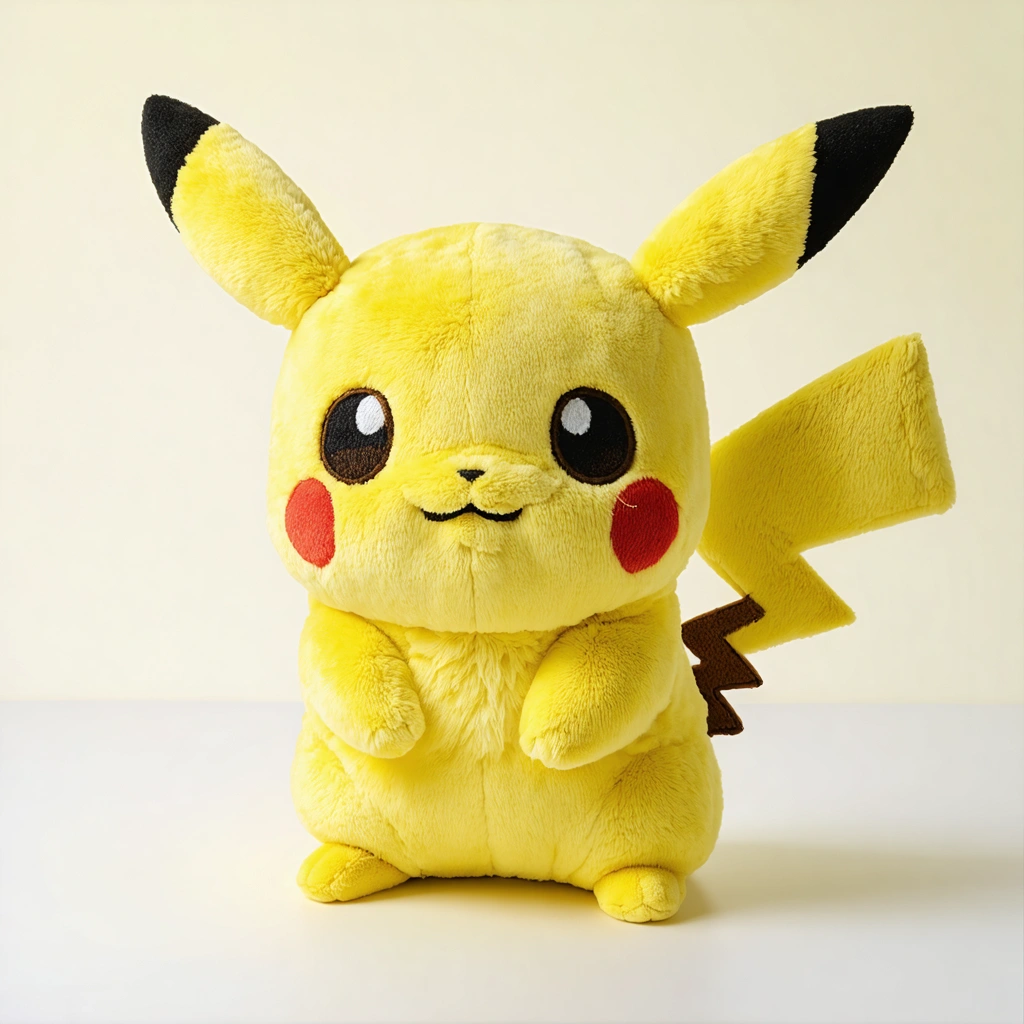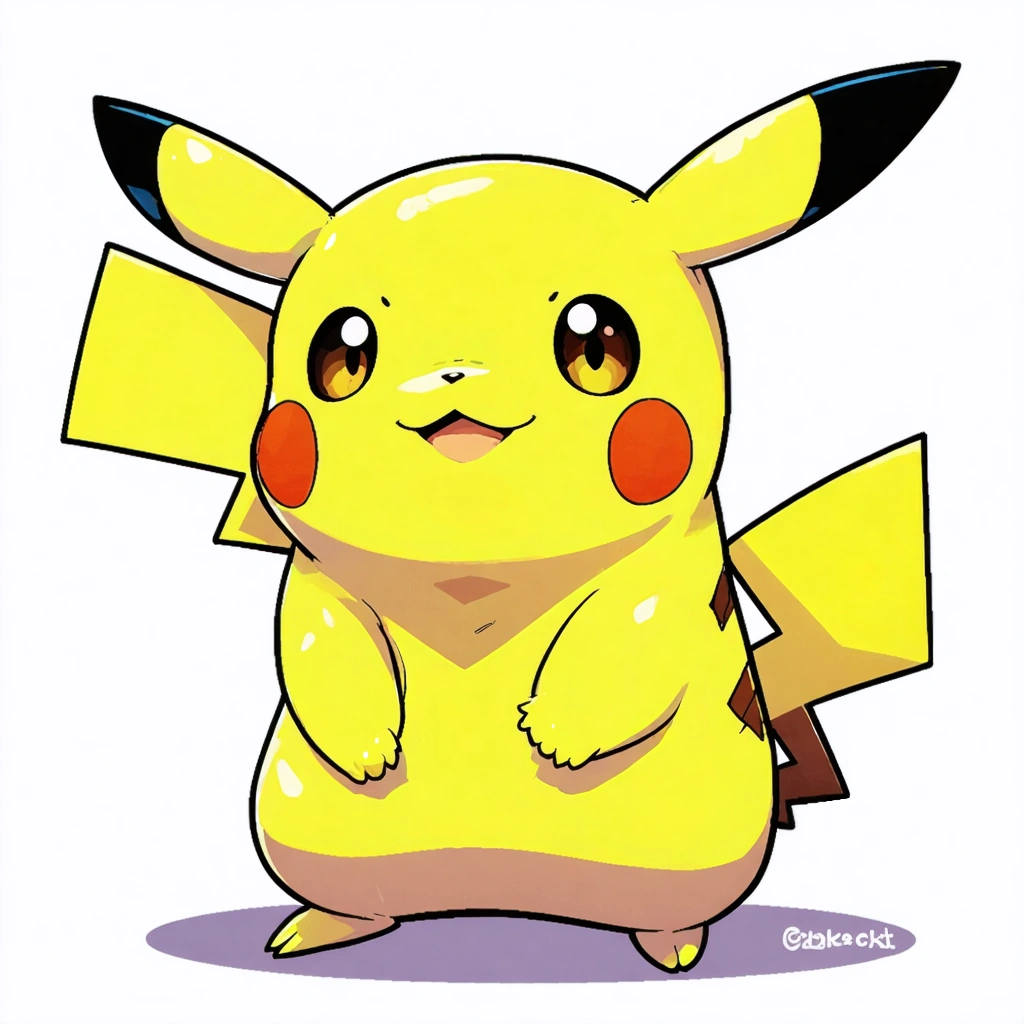
When Cute Goes Global: The Unexpected Spread of Kawaii
Have you ever noticed how a cute Pikachu plushie can pop up in the most unexpected places—from a bustling New York subway to a chic Parisian boutique? That’s the magic of kawaii, the Japanese concept of cuteness that has quietly but irresistibly wormed its way into the hearts and minds of people across the globe. But what started as a quirky trend in Japan’s youth culture decades ago has evolved into a full-blown aesthetic movement influencing everything from high fashion runways to viral memes and avant-garde art installations.
Yet, for many, kawaii remains a bit of a puzzle. Why is it that something so seemingly simple—soft pastel colors, big eyes, and round shapes—can wield such enormous cultural power worldwide? And how does this “cuteness” translate beyond mere visuals into broader social and artistic expression? These questions are especially relevant in an era where cultural boundaries blur and digital connectivity accelerates trends overnight.
More Than Just Cute: Understanding Kawaii’s Deeper Impact
At first glance, kawaii might seem like just a fun aesthetic—think cute Pikachu merchandise or adorable stationery. However, beneath the surface lies a complex cultural phenomenon that challenges traditional ideas about beauty, identity, and communication. The kawaii style invites a playful interaction with the world, often subverting seriousness with innocence and whimsy. This has created a global appetite for kawaii-infused products and media that offer emotional comfort and a sense of belonging, especially in fast-paced, often stressful modern societies.
But this widespread embrace of kawaii also raises intriguing tensions. How do global audiences interpret a Japanese cultural export? Does kawaii risk being diluted or misunderstood when adapted outside its original context? And what role does the internet play in shaping and spreading this aesthetic, especially among younger generations who crave authenticity yet thrive on remix culture?
Exploring the Cute Revolution: What This Article Will Cover
In this post, we’ll journey through the whimsical yet influential world of kawaii, unpacking how this adorable aesthetic has taken over global fashion, art, and media. Here’s what you can expect:
- Fashion’s Flirtation with Cuteness: From Tokyo streetwear to international runways, we’ll explore how kawaii has reshaped style sensibilities and brand identities.
- Artistic Expressions Beyond Borders: Discover how artists worldwide incorporate kawaii motifs to challenge norms and evoke emotional resonance.
- Media and Pop Culture Phenomena: We’ll analyze the role of media—both traditional and digital—in amplifying kawaii’s reach, including the iconic status of characters like the cute Pikachu and their cultural symbolism.
- Global Communities and Kawaii’s Social Meaning: A look into how fans and creators use kawaii to foster connection, identity, and joy in everyday life.
Whether you’re a fashion enthusiast, a pop culture aficionado, or simply curious about how a concept as gentle as “cute” can wield such global influence, this article aims to offer you a fresh, insightful perspective on kawaii’s ongoing cultural takeover. So buckle up for a vibrant, colorful ride through one of the most heartwarming and dynamic aesthetic movements of our time.

Kawaii’s Cute Global Takeover: How Kawaii’s Adorable Aesthetic Shapes Fashion, Art, and Media Worldwide
What is Kawaii and Why Has It Become a Global Phenomenon?
Kawaii, a Japanese term meaning "cute" or "adorable," transcends simple aesthetics. It represents a cultural movement emphasizing innocence, playfulness, and charm. Originating in Japan during the 1970s and 1980s, kawaii aesthetics quickly permeated youth culture through handwriting styles, fashion, and media. The appeal of kawaii lies in its ability to evoke positive emotions and nostalgia, making it universally relatable.
Globally, kawaii’s influence has expanded far beyond Japan. Its visual language—characterized by pastel colors, rounded shapes, and childlike features—has been adopted by fashion designers, artists, and media producers worldwide. This widespread adoption is fueled by globalization, the internet, and the rise of social media platforms that enable kawaii culture to reach diverse audiences.
How Has Kawaii Influenced Global Fashion Trends?
Kawaii’s impact on fashion is profound and multifaceted. Designers incorporate kawaii elements to create playful, whimsical collections that appeal across age groups. Key aspects of kawaii fashion include:
- Pastel and Bright Colors: Soft pinks, baby blues, and yellows dominate apparel and accessories.
- Character Motifs: Iconic figures like the cute Pikachu from Pokémon are often featured on clothing, merging kawaii with popular culture.
- Oversized and Layered Silhouettes: Emphasizing comfort and a youthful appearance.
- Accessories and Details: Hair clips, bags, and jewelry often showcase adorable designs like hearts, stars, and animals.
Global fashion brands such as Gucci, Moschino, and Uniqlo have incorporated kawaii-inspired lines, demonstrating the aesthetic’s commercial viability. Furthermore, street fashion hubs like Harajuku in Tokyo serve as epicenters for kawaii style, influencing international youth culture.
In What Ways Does Kawaii Shape Art and Creative Expression Worldwide?
Beyond fashion, kawaii has become a powerful force in contemporary art and design. Artists utilize kawaii elements to challenge traditional notions of seriousness in art, blending cuteness with deeper social commentary or whimsy. Examples include:
- Pop Art and Illustration: Artists like Takashi Murakami merge kawaii with high art, producing works that are both commercially successful and critically acclaimed.
- Digital Media and Animation: Kawaii characters and styles dominate animation and video games globally, with franchises like Pokémon showcasing cute Pikachu as a symbol of this trend.
- DIY and Maker Movements: Fans create kawaii-inspired crafts, plush toys, and merchandise, fostering community and creativity.
This widespread artistic adoption highlights kawaii’s versatility and its ability to evoke emotional connections across cultures.
How Has Kawaii Influenced Media and Entertainment Worldwide?
Kawaii culture plays a central role in shaping global media by defining character design, branding, and storytelling approaches. Key influences include:
- Character Branding: Characters like cute Pikachu have become international icons, transcending media platforms from TV shows to merchandise and theme parks.
- Content Creation: Anime, manga, and video games frequently incorporate kawaii aesthetics to appeal to broad audiences, creating a shared visual language.
- Social Media Trends: Platforms like TikTok and Instagram amplify kawaii content, from makeup tutorials to fashion hauls, driving cultural exchange.
Media companies leverage kawaii not only to attract younger demographics but also to tap into nostalgia and cross-generational appeal, resulting in sustained commercial success.
What Are the Psychological and Cultural Reasons Behind Kawaii’s Popularity?
Kawaii’s global appeal can be attributed to its psychological and cultural resonance. The aesthetic triggers nurturing instincts and positive emotional responses, often linked to childhood innocence and simplicity. This effect is not limited to Japan but is universal, as evidenced by the international embrace of kawaii icons like cute Pikachu.
Culturally, kawaii offers a form of escapism in an increasingly complex and fast-paced world. It encourages individuals to express individuality and joy through softness and playfulness. Moreover, kawaii culture promotes inclusivity and creativity, welcoming diverse interpretations and adaptations globally.
How Can Businesses and Creators Leverage Kawaii in Their Projects?
To effectively harness kawaii’s appeal, businesses and creators should consider the following strategies:
- Authenticity: Engage with kawaii culture genuinely, respecting its origins and nuances rather than superficially using cute imagery.
- Integration: Blend kawaii elements with brand identity to create unique, memorable experiences that resonate emotionally.
- Collaboration: Partner with kawaii artists, influencers, or franchises (e.g., featuring cute Pikachu) to reach dedicated fan bases and increase credibility.
- Multi-platform Presence: Utilize social media, merchandise, and events to build community and maintain engagement.
By understanding the depth of kawaii’s cultural significance, brands can create meaningful connections that transcend trends.
Conclusion
Kawaii’s cute aesthetic has transcended its Japanese origins to become a powerful cultural and economic force worldwide. From fashion runways to global media, kawaii shapes how we express identity, creativity, and emotion. Icons like the cute Pikachu not only embody kawaii’s charm but also exemplify its universal appeal. As kawaii continues to evolve, it invites us all to embrace a world where cuteness connects cultures, inspires art, and influences how we live and communicate.


